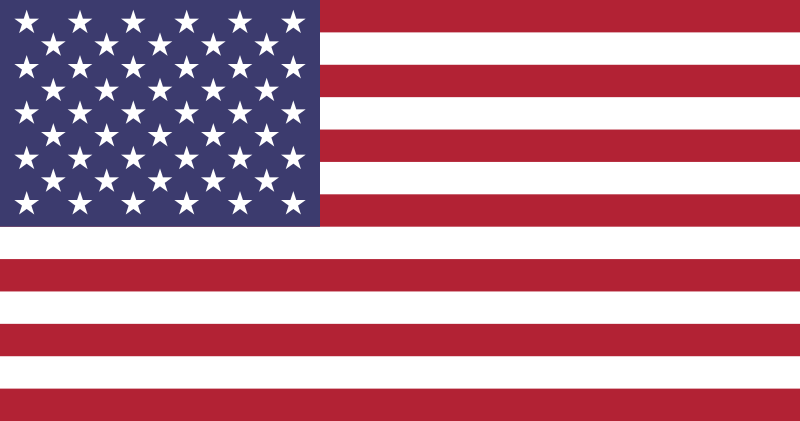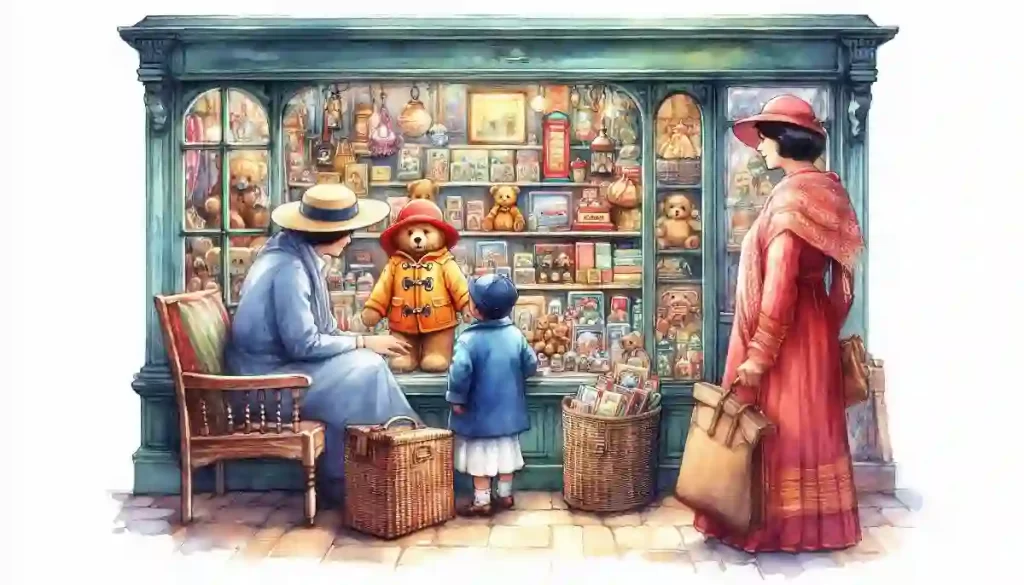Teddy Bears
How Did Teddy Bears Become So Popular? The History of a Beloved Toy
Table of Contents
Where the Teddy Bear Story Began
The teddy bear, a plush toy beloved by generations, did not simply appear overnight. Its rise to global fame is a fascinating intersection of politics, marketing, and emotional storytelling. To answer the question “how did teddy bears become so popular,” we must begin at the start of the 20th century, with a hunting trip and a moment of compassion that would inspire a cultural phenomenon.
A Presidential Gesture that Sparked a Trend
The story begins in 1902 with U.S. President Theodore Roosevelt. During a hunting trip in Mississippi, Roosevelt famously refused to shoot a bear that had been tied up for him. The incident was immortalized in a political cartoon by Clifford Berryman, which circulated widely in American newspapers (Smithsonian Institution, 2022). Inspired by the cartoon, Morris and Rose Michtom, Russian immigrants living in Brooklyn, created a stuffed bear and placed it in their shop window, calling it “Teddy’s bear.”
Their creation struck a chord with the public. The bear wasn’t just a toy; it was a representation of kindness and restraint, virtues people admired. The timing was ideal—industrialization had created a booming middle class with access to toys for their children. The toy industry recognized the opportunity, and soon, teddy bears were being mass-produced and sold across America and Europe.
From Roosevelt to Retail
The Michtoms’ design became the prototype for a wave of teddy bear creations, including those by the German toymaker Richard Steiff, who developed a jointed plush bear that added realism and charm. This period marked the evolution of teddy bear design from handmade novelty items to commercially viable, high-quality toys.
Steiff’s early bears had longer limbs, pointed snouts, and glass eyes, characteristics that are now synonymous with vintage collectibles. Over time, design changes—including rounder faces, softer materials, and child-safe features—reflected shifting cultural values and advancements in toy safety. This gradual shift laid the foundation for what would later be recognized as collectible teddy bear trends, appealing to both sentimental families and serious toy collectors.
The Universal Emotional Appeal
But how did teddy bears become so popular across generations? Part of the answer lies in their emotional resonance. Unlike other toys, teddy bears have a comforting presence. Their soft texture and human-like shape make them ideal as transitional objects for children, especially during moments of stress or separation. Psychologists have even noted their role in emotional development and soothing (Winnicott, 1953).
This emotional role helped ensure the global popularity of teddy bears. Whether in Europe, Asia, or the Americas, teddy bears became symbols of childhood innocence and love. They were featured in storybooks, given as hospital gifts, and adopted as mascots for events like the Olympics. Few toys have managed to cross cultural boundaries so effortlessly.
A Beloved Toy for All Ages
The teddy bear’s rise wasn’t just limited to children. As the 20th century progressed, they took on new meanings for adults as well. Wartime soldiers carried miniature bears for luck, while grieving individuals used them as symbols of memory and comfort. These uses added to the history of teddy bears for adults and children, embedding them deeper into the collective psyche.
Today, the teddy bear continues to evolve—taking on forms both nostalgic and modern, handmade and mass-produced. Yet at the core, they remain timeless symbols of care, resilience, and emotional connection.
Commercial Success and the Expansion of the Teddy Bear Industry
The question “how did teddy bears become so popular?” cannot be answered without examining the massive industrial growth that followed their initial invention. What began as a heartfelt tribute to a U.S. President rapidly evolved into a booming global industry. In the decades following their creation, teddy bears became central to childhood, gift-giving culture, and even adult hobbies.
Mass Production and Marketing Magic
By the 1920s and 1930s, teddy bears were no longer just handmade curiosities. Major toy companies began mass-producing bears, streamlining designs and reducing costs. Germany’s Steiff continued innovating in both design and safety, while American companies like Ideal Toy Company and Gund made soft, affordable teddy bears accessible to the growing middle class.
Marketing played a pivotal role in this expansion. Advertisements in newspapers and department store catalogs featured teddy bears as must-have gifts for birthdays and holidays. Retailers understood that the emotional connection children had with teddy bears could translate into lifelong brand loyalty.
The global popularity of teddy bears soared during this period. Exports from Germany and the U.S. reached markets in Asia, Latin America, and Africa, proving that the appeal of the teddy bear transcended language and culture. Japan, for example, saw the introduction of “kawaii” (cute) culture in the post-war period, and teddy bears were embraced as part of this aesthetic movement (Allison, 2006).
Pop Culture and Storybook Fame
Another key reason teddy bears became so popular was their representation in popular media. As early as the 1920s, teddy bears began appearing in children’s books. The 1926 publication of A.A. Milne’s Winnie-the-Pooh introduced one of the most iconic teddy bear characters in literary history. Pooh’s enduring charm cemented the teddy bear as more than a toy—it was now a beloved character with whom readers formed deep emotional bonds.
Later decades saw the emergence of other well-known figures such as Paddington Bear (1958), the Care Bears (1980s), and movie or franchise-themed teddy bears. These characters not only delighted children but also established teddy bears as symbols of hope, friendship, and storytelling. This ushered in a new era of teddy bears in modern culture, where they served as both cuddly companions and recognizable icons across generations.
The Rise of Collectible Bears
The 1970s and 1980s introduced a new dimension to teddy bear appreciation: collecting. Toy companies began creating limited-edition bears with higher quality materials and detailed craftsmanship. Brands like Steiff, Boyds Bears, and Merrythought led the charge with numbered certificates and unique designs.
This period gave rise to organized teddy bear conventions, collectors’ clubs, and museum exhibitions, reflecting a growing adult market. The collectible teddy bear trends of the era made plush toys valuable—sometimes fetching thousands of dollars at auction. These bears were no longer just gifts or toys; they were investments and heirlooms.
Collectors often focused on preserving the history and evolution of teddy bear design, valuing early versions for their rarity and handcraftsmanship. This interest fueled demand for reproductions of vintage models, sparking a creative renaissance among toymakers and artisans.
Expanding Their Emotional Role
Teddy bears have maintained emotional relevance through global events. Following the September 11 attacks, thousands of teddy bears were donated to survivors and grieving families. During the COVID-19 pandemic, teddy bear scavenger hunts became a worldwide activity, offering children comfort and a sense of community (Lind, 2020).
These examples illustrate the enduring significance of teddy bears beyond childhood. Their function as emotional anchors has solidified their place in both personal lives and shared cultural experiences. This dual appeal explains why the history of teddy bears for adults and children continues to evolve with each generation.
Looking Ahead: From Classic to Digital
Today, the teddy bear is also evolving in digital spaces. Augmented reality (AR) teddy bear apps and smart plush toys with AI capabilities are emerging, offering interactive features like voice recognition and storytelling. This convergence of nostalgia and technology ensures that teddy bears remain relevant in a rapidly changing world.
Despite these advances, the essence remains the same: teddy bears provide comfort, security, and joy. Their appeal lies not just in their design, but in their role as emotional companions—always ready with a silent hug.
Conclusion: Why Teddy Bears Endure
So, how did teddy bears become so popular? The answer lies in their unique ability to adapt while staying emotionally resonant. From their humble origins tied to a presidential hunting story to their current role in tech-enhanced toys and collectibles, teddy bears have evolved alongside cultural shifts and consumer trends.
Their success stems from a blend of emotional connection, nostalgic design, and versatile branding across generations. Whether serving as a comforting gift during difficult times, a child’s first companion, or a prized collectible, teddy bears continue to fulfill emotional and symbolic roles that other toys often do not.
Crucially, teddy bears remain beloved because they’re not just toys—they’re part of our stories. Their journey through history, design, media, and global markets reflects broader human needs for comfort, connection, and continuity.
FAQs – How Did Teddy Bears Become So Popular? A Modern History
What was the first teddy bear called?
The first teddy bear was called “Teddy’s bear,” named after U.S. President Theodore Roosevelt, whose nickname was Teddy.
Who were the first teddy bear manufacturers?
The first major teddy bear manufacturers were Morris Michtom, who created the teddy bear in the U.S., and Margarete Steiff, who designed jointed bears in Germany.
Why are teddy bears so popular?
Teddy bears became popular due to their comforting nature, their appearance in literature and media, and their symbolic association with childhood innocence and emotional comfort.
What makes Steiff bears so expensive?
Steiff bears are known for their high-quality craftsmanship, luxurious materials, and the brand’s rich history, making them sought after by collectors.
Are vintage teddy bears valuable?
Yes, vintage teddy bears, especially those made by famous manufacturers like Steiff, can be highly valuable, particularly if they are in good condition or part of a limited edition.
References
American Psychological Association. (2020). Emotional development and attachment in children. APA Publishing. https://www.apa.org/topics/child-development/emotional
Smithsonian Institution. (2022). The real story behind the Teddy Bear. National Museum of American History. https://americanhistory.si.edu/blog/teddy-bear-origins


